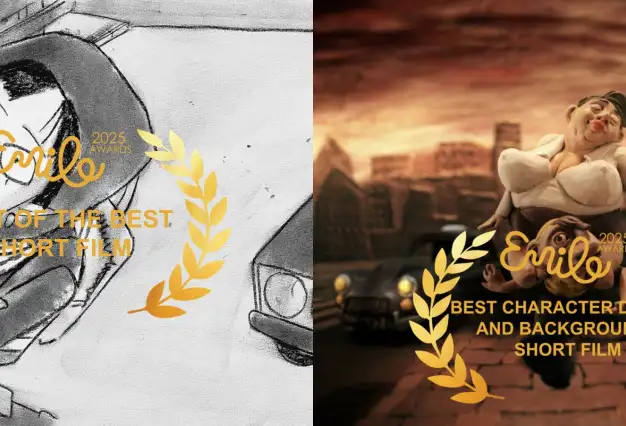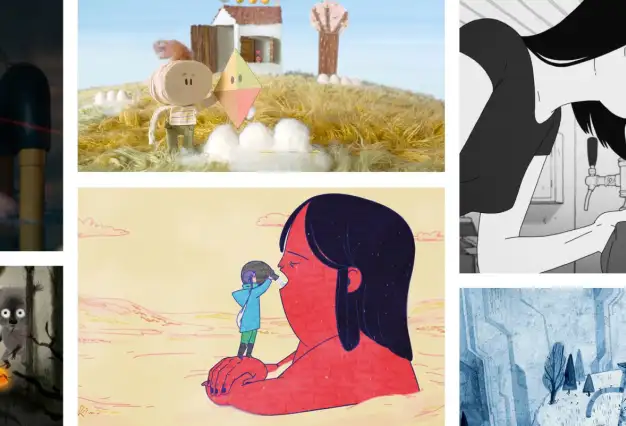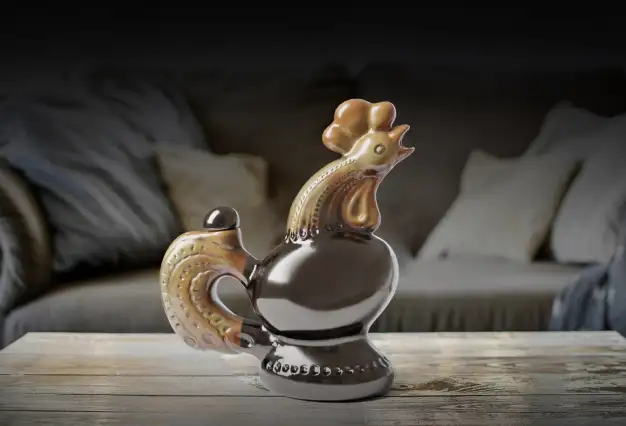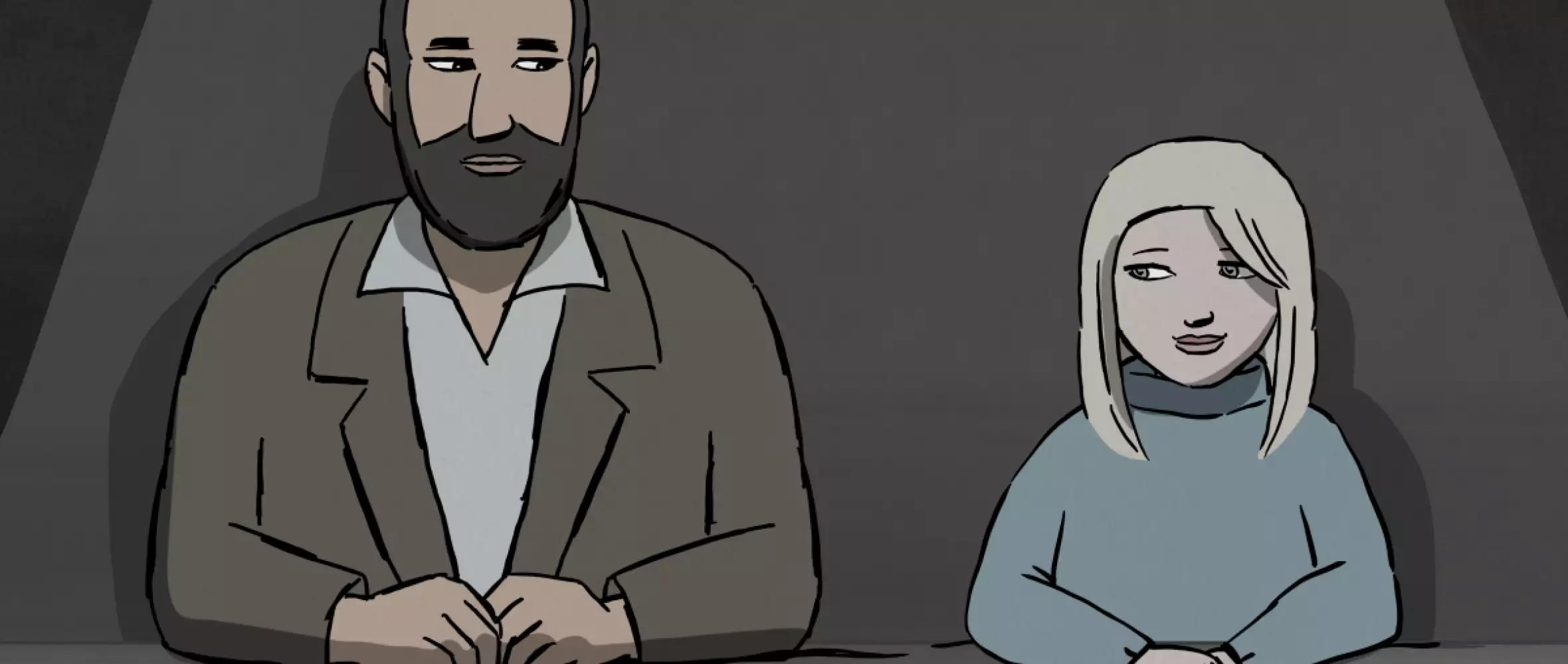
09 June 2021
Annecy 2021: Riding the Czech Animation Wave
Annecy 2021: Riding the Czech Animation Wave

After a string of successes for Czech animation shorts in recent years, now feature-length animations are lining up to take their turn. A wave of boundary-pushing Czech animation makes its first splash on the anniversary stage of the 60th Annecy International Animation Film Festival.
Article by Martin Kudláč for CZECH FILM magazine / Summer 2021
The illustrious tradition of Czech animation lives on in the new ideas of the latest generation, whose aesthetically and formalistically intriguing films in the short format are garnering attention, acclaim, and accolades.
Young Czech animators are most visibly represented in the global success of FAMU student Daria Kashcheeva and her visually inventive and emotionally engaging short Daughter (2019). Launching at the Annecy International Film Festival, the world’s meeting place for all things animation, Daughter netted the Annecy Cristal for Best Film in the Graduation Films category before going on to earn a nomination for Best Animated Short Film at the Oscars in the U.S.
But even as shorts have been the format that has done most of the traveling among Czech animated films on the international circuit lately, ambitious feature-length projects have been steadily in the works, and now, the 60th running of Annecy — the most important animation film festival in France, as well as a hub for European industry professionals — will feature the first full-length titles of the Czech animation wave.
Kabul from behind a burkha
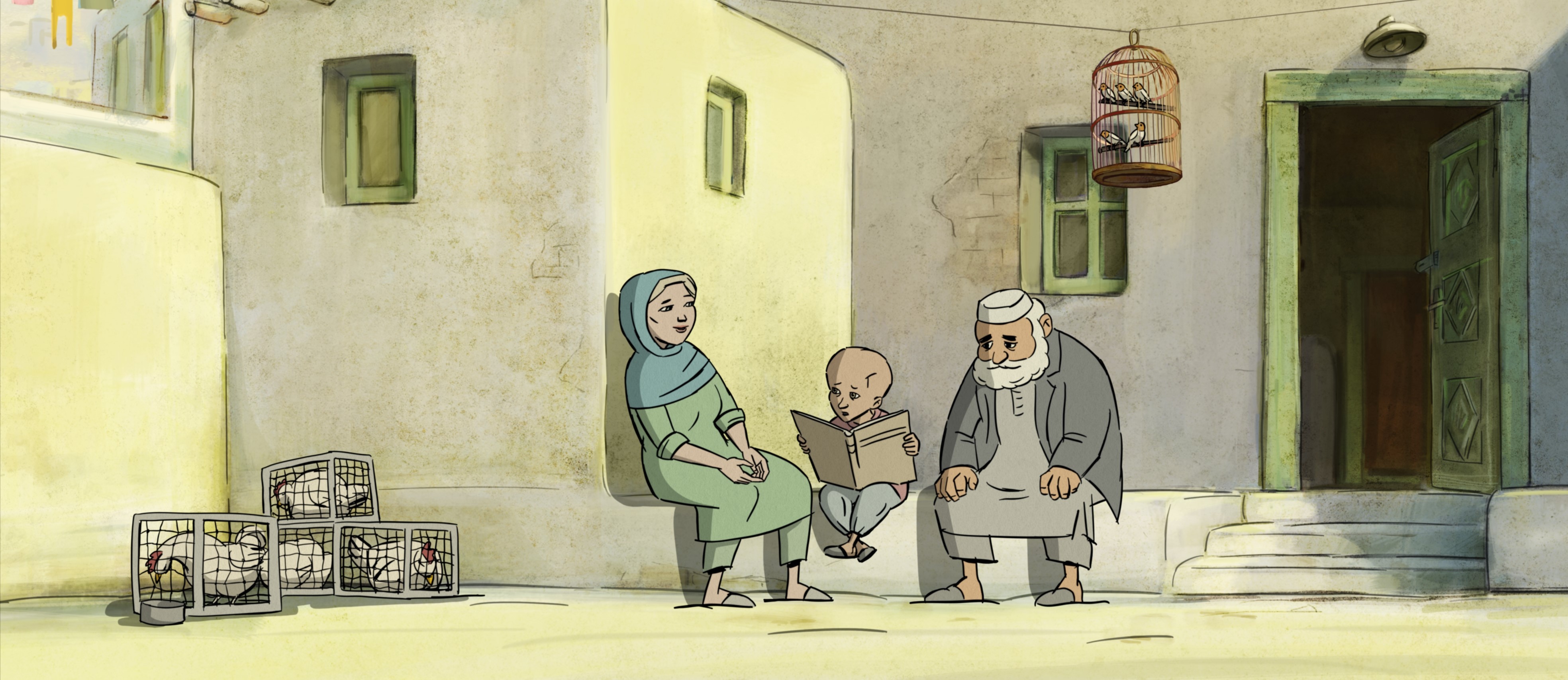
The year 2021 marks a comeback for Czech animation in the main competition at Annecy after an absence of 28 years. In 1993, Czech animation legend Břetislav Pojar unveiled the story of a boy and his adventure with a fairy in The Butterfly Time (1990). Now, picking up where he left off, another acclaimed Czech illustrator, Michaela Pavlátová, will be introducing her feature-length debut, My Sunny Maad (2021), a 2D animated film for mature audiences.
My Sunny Maad is a major Czech co-production, produced by Kateřina Černá and Petr Oukropec of Negativ. Pavlátová’s debut marks Negativ’s second big animated project after the rotoscoped feature-length film Alois Nebel (2011), which was directed by Tomáš Luňák. Alois Nebel premiered at Venice in 2011 and went on to nab the European Film Award for Best Animated Feature Film, along with being the Czech entry for Best Foreign Language Film at the 84th Academy Awards.
Pavlátová is no stranger to the Czech animation industry, with a myriad of short projects already under her belt, including Words, Words, Words (1991), which was nominated for an Oscar. She has also reaped accolades on the festival circuit, including the Grand Prize at the International Animation Festival Hiroshima and the Golden Bear in Berlin for her short film Repeat (1995).
Even more excitingly, Pavlátová has ventured out of the animation pigeonhole by helming two live-action features: Faithless Games (2003), a subtle drama that garnered a Special Mention at the San Sebastian Film Festival, and Night Owls (2008), an intimate story set in Prague that won Best Actress and Best Actor laurels for its leads at Karlovy Vary IFF. Both of these live-action features have been produced by Negativ, thereby contributing to the long-term relationship between the artist and the company. In 2012, Pavlátová’s short film Tram (2012), about a tramcar conductor and her sexual fantasies, took a bow at Cannes as well as netting her the Cristal Award in Annecy.
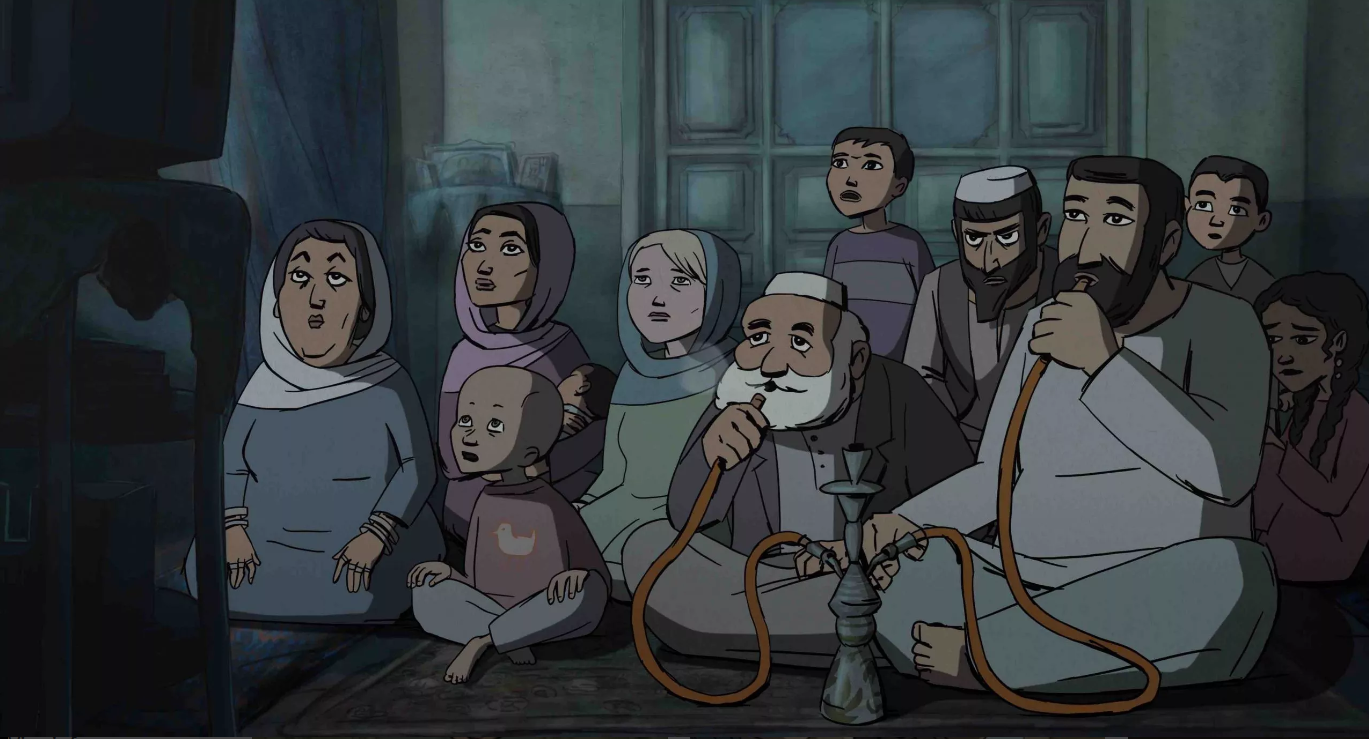
My Sunny Maad is based on the book Freshta (Stork Press: 2012, trans. Julia Sherwood) by Czech journalist Petra Procházková, who tracks the struggle of Afghan women for emancipation in the post-Taliban period. Adapted for the big screen by screenwriter and script consultant Ivan Arsenjev — who also wrote the screenplay for Shadow Country (2020), crowned Best Czech Film of 2020 by domestic film critics and winner of Best Screenplay at the Czech Lions — the story follows a Czech woman named Herra as she moves with her Afghan partner, Nazir, to his hometown of Kabul. There they adopt a child with disabilities named Maad and proceed to turn family stereotypes on their heads.
“The main power of the narrative comes from the subtle humor and everyday observational details of family life. My Sunny Maad is a deeply compelling story, where I laugh and cry at the same time. It’s a story of husbands and wives, lovers and friends, where everyone seeks happiness and acceptance against the backdrop of unexpected events,” Pavlátová said of her film. Although animated, it’s aimed primarily at adults. The Czech producer, Oukropec, described it as “a family story like The Celebration by Thomas Vinterberg but in Kabul; a love story like Gone with the Wind but in Kabul; a strong heroine like in Persepolis but in Kabul; a political drama like Waltz With Bashir but in Kabul.”
Pavlátová oversaw a team of more than 30 animators from the Czech Republic, Slovakia, and France and worked on the project while coordinating the workflow between the island of Réunion and animation studios Alkay Animation Prague and plutoon in Prague and Bratislava, respectively. My Sunny Maad is produced by Petr Oukropec & Kateřina Černá from Negativ and co-produced by Ron Dyens of Sacrebleu Production (France), Peter Badač of BFILM (Slovakia), with co-producers Alkay Animation Prague, Czech Television, Gao Shan Pictures (France) and Innervision (France) also on board. The project received support from the Czech Film Fund for both development and production with a total of €806,923, as well as in the Production Incentives program, with additional backing from Eurimages, the National Centre for Cinema and the Moving Image (commonly known as CNC), the Slovak Audiovisual Fund, and the French regional funds Eurometropole and Région Réunion.
Diaphana Distributions will handle the French release of My Sunny Maad, scheduled for the first quarter of 2022, along with theatrical releases secured in the Czech Republic and Slovakia, while Totem Films handles international sales.
Narrative motion paintings on glass
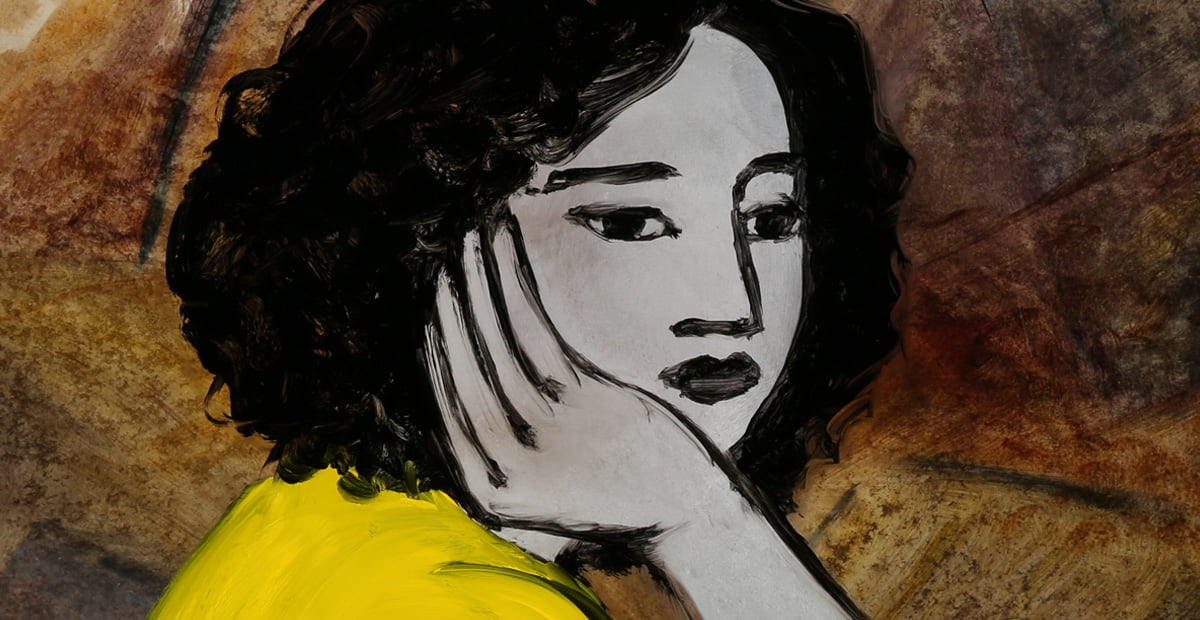
Annecy’s main competition this year brings a double act of Czech animation to the bill. In addition to Pavlátová´s animated feature debut, esteemed French painter and animator Florence Miailhe will present her first feature offering, The Crossing (2020), made in a Czech minority coproduction.
Miailhe’s trademark is her painterly animation technique, resembling motion paintings. After her first two films Hammad (1991, César nomination) and Schéhérazade (1995), the artist continued to experiment with the animation by employing sand as her canvas in Meanders (2013) and a pinscreen instrument in 25 passage des oiseaux (2014), reaping accolades left and right on the festival circuit, including for her César-winning A Summer Night Rendez-vous (2002).
This technique requires Miailhe to draw her images directly in front of (or underneath) the camera, gradually transforming the drawing frame by frame, in time-lapse fashion, erasing—destroying—even as she creates. The result is a sensuous style of bold strokes, resembling a cross between Paul Cézanne and Marc Chagall.
Miailhe has also evolved her experimental under-camera animation to incorporate digital technology without compromising her artisanal approach. On the contrary, her use of digital tools has enabled her to push the envelope of animated paintings further by merging media as different as oil and sand on the same canvas — as in Urban Tale (2006), which earned her the Special Jury Award at Cannes.
For the past 10 years now, Miailhe has been working on her feature-length debut, The Crossing (2020), which tackles the politically charged theme of migration. Early on, MAUR film, a Czech production company specializing in animation, was invited to board the project by the film’s French producer, Dora Benousilio of Les Films de l’Arlequin. MAUR film has established a firm foothold in the domestic animation market, producing Daria Kashcheeva’s revered Daughter while readying her follow-up project, Electra. A Poem (2022), as well as Luca Tóth’s Superbia (2016), which premiered in the Cannes Semaine de la Critique’s Short Film Competition, and coproducing the German animated feature Fritzi - A Revolutionary Tale (2019), which tells the story of the end of communism in Eastern Europe through the eyes of a 12-year-old girl.
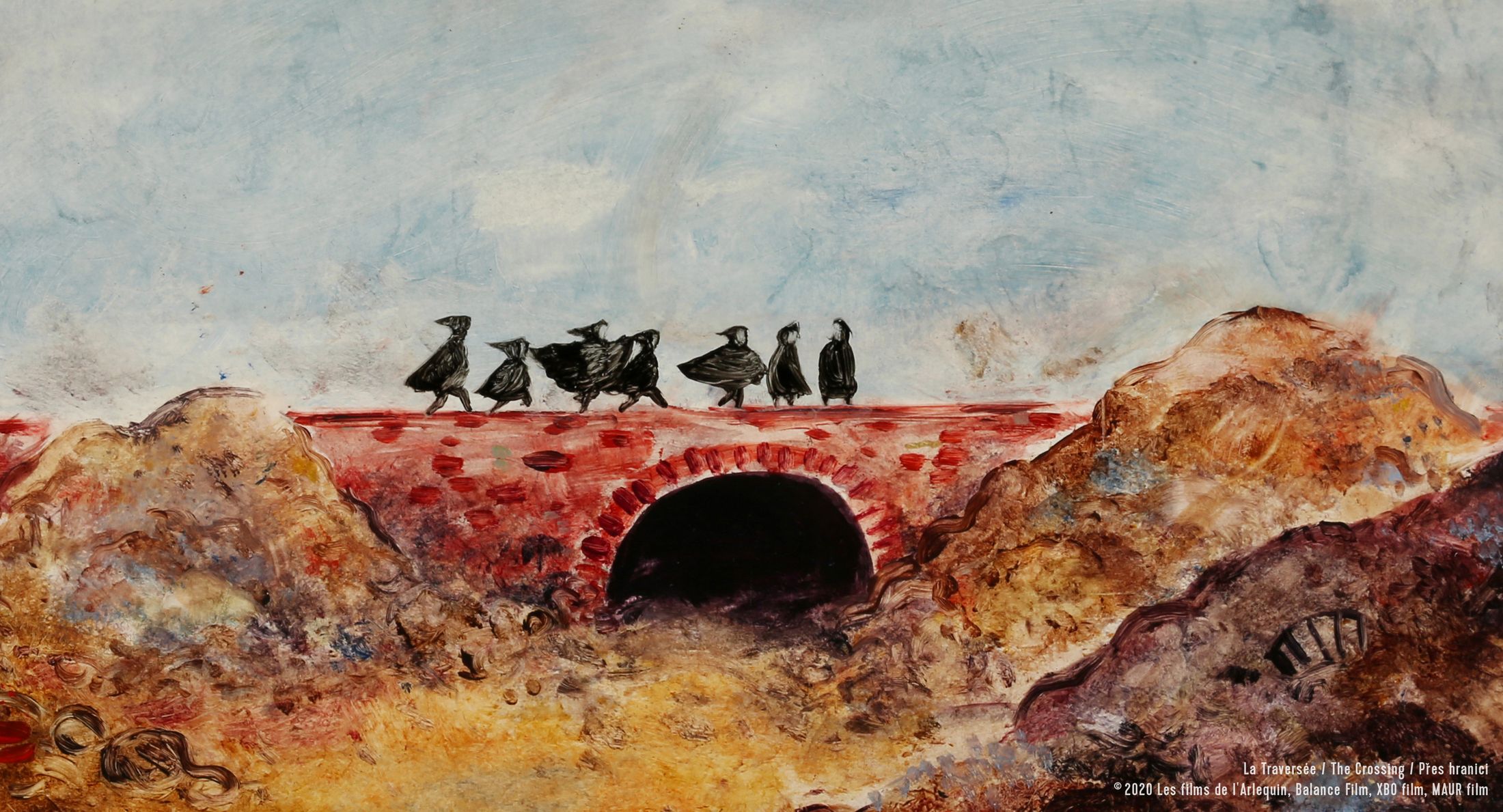
The director worked on the script for The Crossing — “a beautiful, humane, metaphorical story, reflecting Czech history, the history of Central Europe, and the European continent in the 20th century,” according to the producers at MAUR film — with long-term collaborator Marie Desplechin. The film follows sister and brother Kyona and Adriel as they run away from a village evoking Ukraine in the early phase of industrialization. To assemble their narrative, Miailhe and Desplechin collected testimony from a number of immigrants, in the end creating a story based not solely on the memories of their ancestors, but “on collective memory, people´s dreams, historical tales, and old legends,” Mailhe said. Over the course of the film, the siblings’ exodus gradually shifts from the realm of real history into a fantasy world, defying both geography and time. According to Miailhe, the aim is to tell the story “of human destiny, in which both main characters have to grow up while losing their original home and family,” tying the migration of the past to the migration of the present to evoke a feeling of timelessness.
Miailhe’s The Crossing is the first feature-length animated film to be made using the labor-intensive under-camera technique of painting on glass, with teams of nearly all-woman animators in France, Germany, and the Czech Republic working simultaneously. The animation team was led by painter and illustrator Lucie Sunková (Geranium, 2005; The Tree, 2015), a Czech pioneer of animated painting on glass.
The Crossing is a French, German, and Czech coproduction supported by national funds in each of the coproducing countries (Czech Film Fund support came to €115,385), as well as Eurimages and Creative Europe MEDIA. “This exceptional film is the perfect illustration of the power of great art to impact an audience’s perspective on a very important worldwide crisis: the plight of migrant children who are left to fend for themselves, a situation which is increasingly dire,” noted Eleanor Coleman, the head of animation and new media acquisitions at Indie Sales, which handles The Crossing’s international rights.
Following its Annecy premiere, The Crossing will be theatrically released in France in June (Gebeka Films), followed by a Czech release in November (Pilot Film), with distribution planned for Germany and Slovakia in spring 2022.
Heavenly road movie
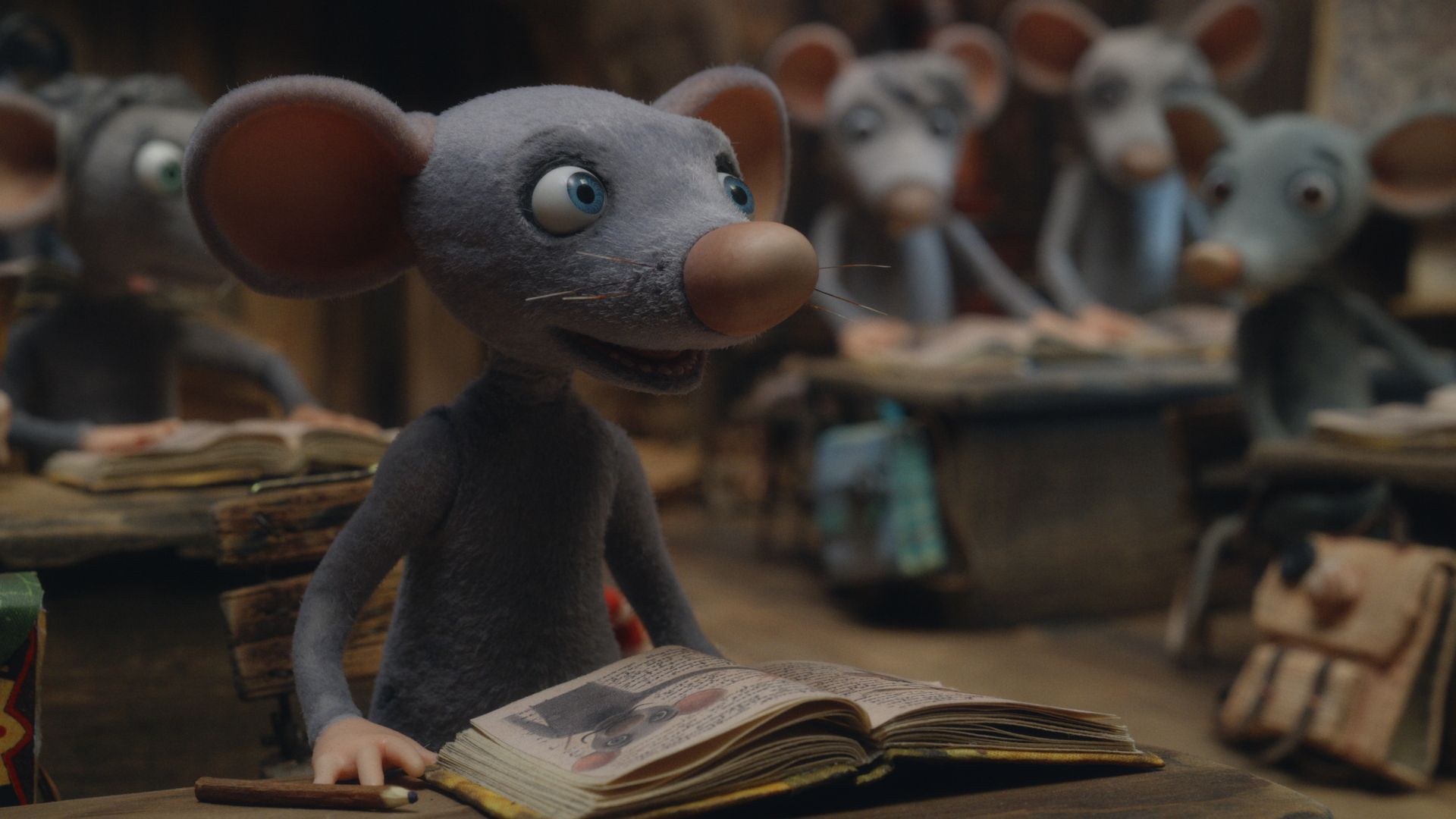
Following in the footsteps of Czech surrealist Jan Švankmajer’s swan-song feature Insect (2018), which was presented in the Screening Events section of Annecy, Even Mice Belong in Heaven (2021), an existentialist children’s fable and afterlife adventure romp, makes its world premiere this year on the same prestigious stage. Ten years in the making, the feature-length animated debut is co-directed by Denisa Grimmová and Jan Bubeníček, based on the book of the same name by Czech author Iva Procházková.
Grimmová and Bubeníček are experienced animators and artists who both studied animation at FAMU under Břetislav Pojar and Pavel Koutský. Bubeníček unveiled his solo project Murderous Tales in 2016, a portmanteau animated feature film, which he worked on in parallel to Even Mice Belong in Heaven.
Czech producer Vladimír Lhoták of Fresh Films, the production outlet behind the film said, “Even Mice Belong in Heaven is an attempt to reincarnate traditional Czech stop-motion animation,” referring to the international renown of Czech animation thanks to stop-motion puppet animation master Jiří Trnka, aka the Walt Disney of the East.
In addition to stop-motion puppetry, Grimmová and Bubeníček specialize in one other recognizable and rich strand of Czech tradition: special effects, popularized by trailblazer Karel Zeman, also known as the Czech Méliès. Combining stop-motion puppetry and special effects, Grimmová and Bubeníček usher the homegrown tradition into the modern era while losing none of its charm or magic. “We tried to translate this tradition into the here and now, taking the most from it while updating it with the help of modern techniques and technology, and, of course, the choice of topic,” the directors said.
Procházková’s children’s book, which the film is adapted from, not only received critical acclaim but was applauded by child psychologists for the way it grappled with the serious topic of death. Czech filmmaker Alice Nellis (Angels [2014], Perfect Days [2011], Little Girl Blue [2007]) and scriptwriter Richard Malatinský (Twosome [2009]) skillfully adapted the source material for its transfer to the big screen.
Even Mice Belong in Heaven subverts the traditional conception of fables from the get-go. After a deadly accident, Whizzy the mouse and Whitebelly the fox, outsiders from opposite ends of the food chain, meet in animal heaven and undergo a journey of self-discovery that leads them to a place of hope. Approaching its difficult topic with ease and subtlety, the film transforms its potentially bleak subject matter into the colorful and uplifting adventure of a lifetime: Even as it confronts prejudice and trauma, it presents virtues without needless moralizing. Packaged as a buddy road movie, Even Mice offers a unique formula for a stop-motion puppet film, embedding contemplative moments in the midst of a boisterous, near-slapstick romp for family audiences.
Besides steering this ambitious and laborious project, Grimmová was responsible for the character design of approximately 100 puppets, every set, the majority of the props, and the overall artistic direction, while Bubeníček, in addition to his co-directing duties, was in charge of postproduction, animatics, editing, computer-generated images (CGI) postproduction, digital effects, 3D modelling, and animating as the film’s technical director.
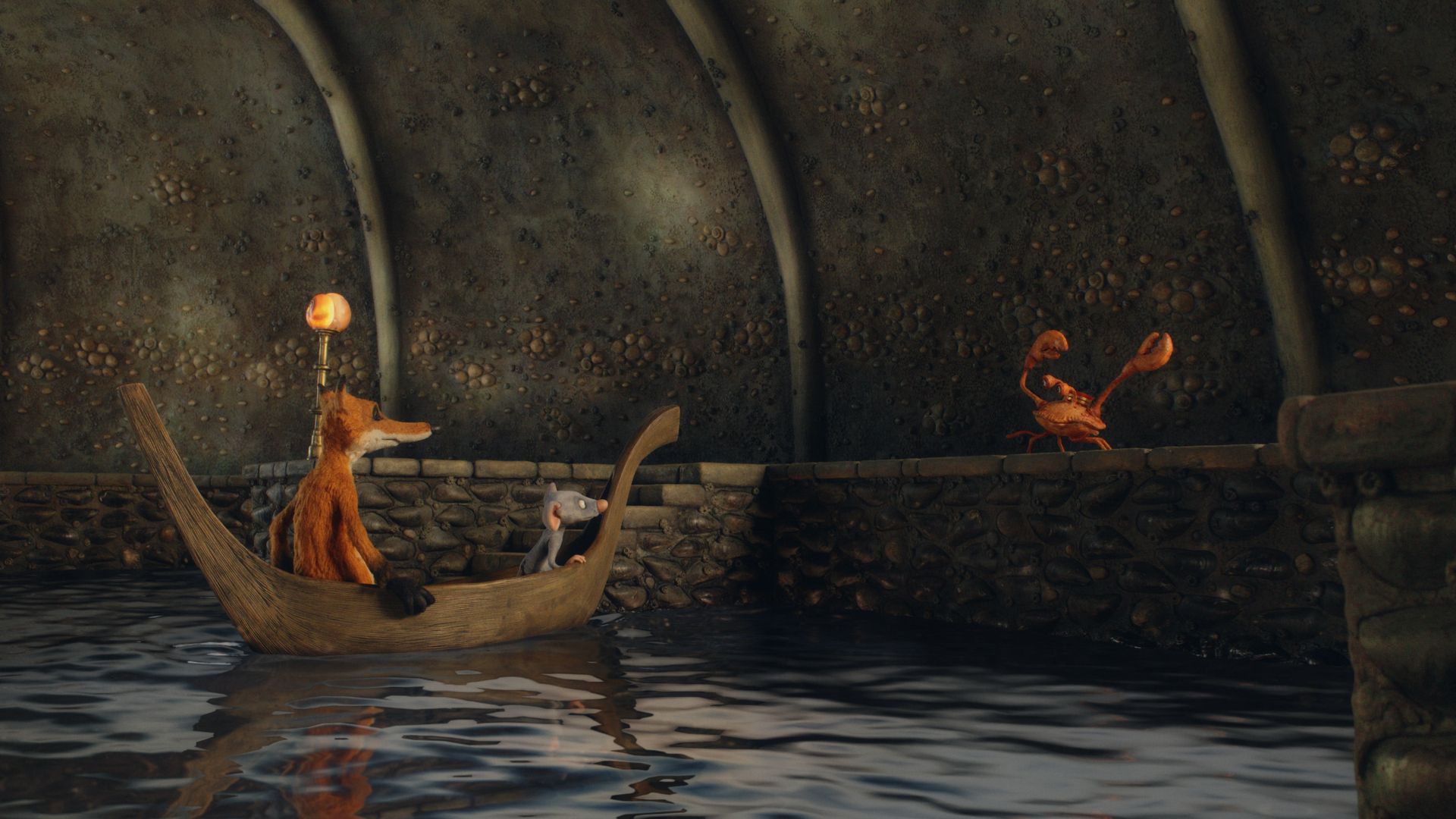
Even Mice Belong in Heaven is the biggest Czech stop-motion project ever, and is produced by the Czech Republic and France with co-production partners in Poland and Slovakia. The scale of the logistics necessitated a complicated workflow, and at one point the film was being made in eight different places throughout Europe simultaneously.
The 14-month shoot took place entirely in Prague’s Barrandov Studio, on 11 film sets (500 square meters), with seven animators (a mixed team of seasoned and emerging animators) working in parallel. As it happens, Barrandov, the film’s coproducer, interestingly also happens to own the buildings of the legendary animation studio Bratři v Triku, known as “the cradle of Czech animation.” Founded by Trnka, the studio has served as home to several generations of successful animators.
All the sets and most of the puppets for Grimmová and Bubeníček’s film were created in the Czech Republic, with the remaining puppets produced in Lodz, Poland. Postproduction unfolded between Prague and France, with creative direction in the Czech capital handled by Vladimír Lhoták at Fresh Films. Three French studios — Le Studio Animation in Marseille, Amopix in Strasbourg, and InTheBox in Annecy — took part in the animation work as well, with contributions from Letko in Warsaw and Buvol Animation in Prague. The music was composed in Poland, recorded in Prague, and mixed back in Poland again. Additional coproducers were Czech Television, DD Production, EC1 Łódż and Canal +.
The project received funding from the Czech Film Fund for development and production (€361,538), as well as from the Production Incentives programme (€320,897), and also Eurimages, Creative Europe MEDIA, Auvergne-Rhône-Alpes Cinéma Region, Grand Est Region, Provence-Alpes-Côte d’Azur Region, the Polish film institute, the Slovak Audiovisual Fund, Cinéventure, and the Czech Ministry of Culture.
After its world premiere in Annecy, Even Mice Belong in Heaven will have its Czech premiere at the Anifilm Festival in Liberec, where the sets and puppets will be displayed in an accompanying exhibition. The Polish premiere is locked in as well, for the Kids Kino International Film Festival in Warsaw in September. The film has been so far sold to Scandinavia, Spain, Portugal, the UK, Ireland, Israel, Russia, Austria, Hong Kong, and Turkey. International sales are being handled by Charades.
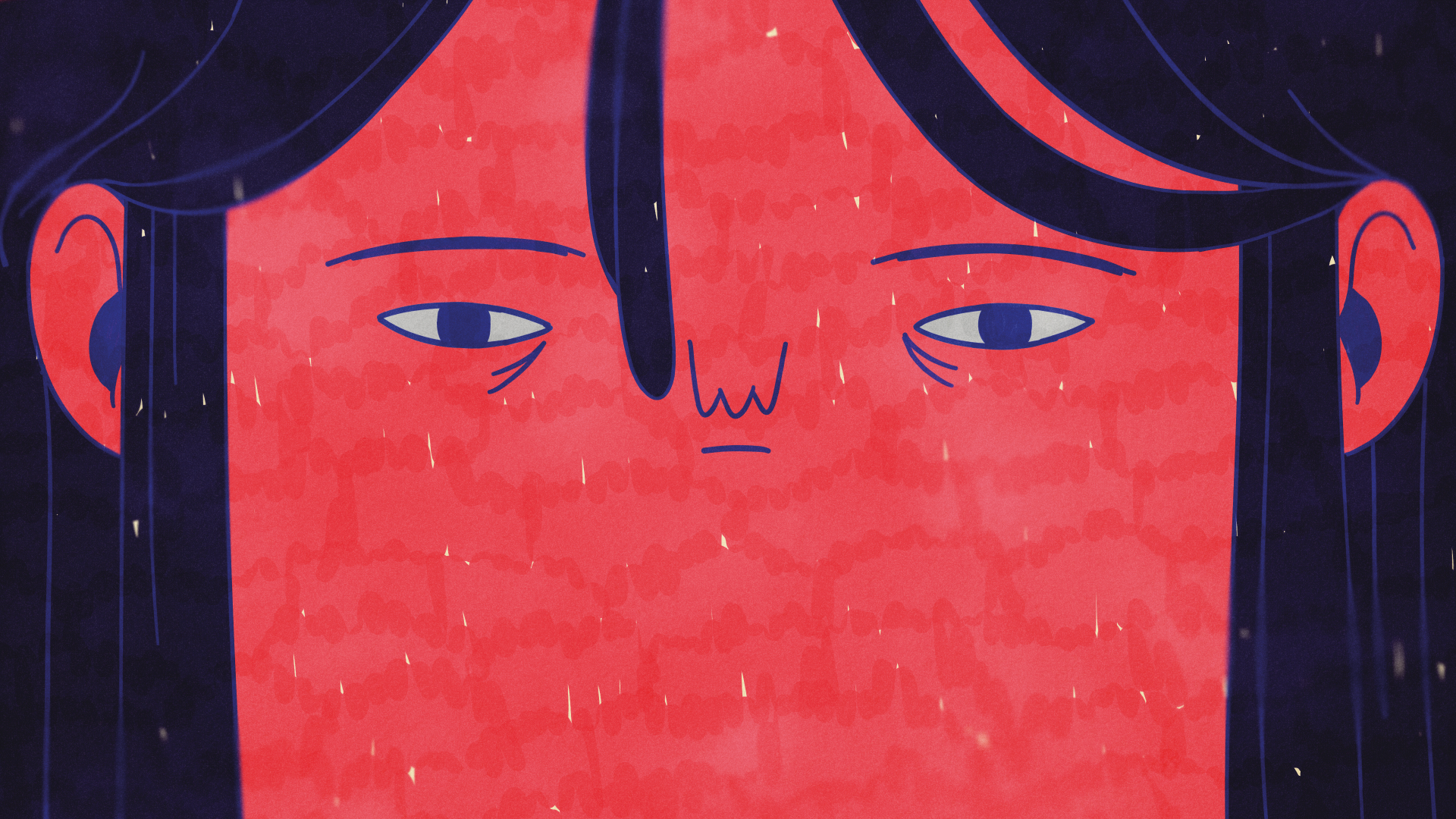
Czech animation will also compete in the bite-size category at this year’s Annecy, with FAMU animation student Andrea Szelesová appearing in the Graduation Films in Competition with her allegorical short Sisters (2021), in the same spot that launched Kashcheeva and her universally celebrated short film Daughter into the world two years ago. Szelesová has followed up her puppet short Afternoon Tea (2018), a light comedy of felt puppets and Baroque-style costumes and sets, with 2D computer animation to produce an existential coming-of-age parable in a style reminiscent of manga.
Produced by FAMU, Sisters relates the story of Big Sister, trapped in the sand in the middle of nowhere with only her head sticking out of the ground. Unable to fend for herself, she relies on Little Sister for all her basic needs. As Big Sister sinks deeper and deeper, however, Little Sister decides she has to move on. Apart from bringing her own as an auteur to Annecy, Szelesová also worked as an animator on Pavlátová’s My Sunny Maad.


